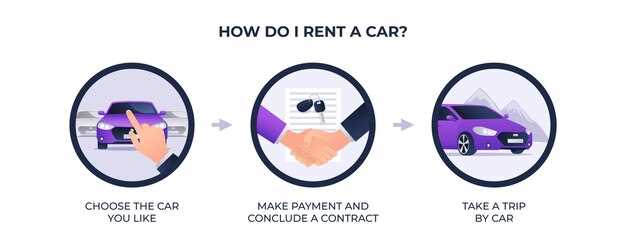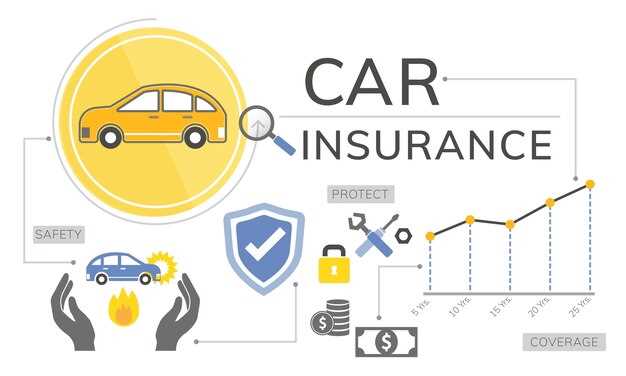
When considering car insurance options, many drivers are faced with the decision of whether to opt for full coverage or stick to basic liability insurance. Full car insurance coverage typically encompasses a wide range of protections, including collision, comprehensive, and uninsured motorist coverage. While this type of policy can offer significant peace of mind, it also comes with its own set of challenges. Understanding both the benefits and drawbacks of full car insurance coverage is essential for making an informed decision that aligns with individual needs and circumstances.
One of the primary benefits of full car insurance coverage is the extensive protection it provides. In the event of an accident, comprehensive coverage can help cover repair costs for your vehicle, regardless of fault. This can alleviate financial stress, particularly in the wake of unexpected incidents. Moreover, collision coverage ensures that regardless of the situation, drivers can restore their vehicles to a drivable condition. Having such extensive coverage can minimize out-of-pocket expenses and provide greater security on the road.
However, alongside these advantages, there are also notable drawbacks to consider. Full car insurance coverage often comes with significantly higher premiums compared to basic liability policies. This financial commitment may not be feasible for everyone, especially for those on tight budgets. Furthermore, some individuals may find themselves paying for coverage that they may never need or utilize. Analyzing one’s driving habits, vehicle value, and personal financial situation is crucial in determining whether the expense of full coverage is justified.
How Full Coverage Protects Against Major Financial Losses
Full car insurance coverage offers a comprehensive solution for safeguarding your finances against unexpected events. This type of policy typically includes liability, collision, and comprehensive coverage, each playing a crucial role in financial protection.
Liability coverage is essential for protecting your assets in case of an accident that causes damage to another party. If you are found at fault, this coverage will pay for the other driver’s medical expenses and property repairs. Without it, you could face significant out-of-pocket costs that may exceed your savings.
Collision coverage comes into play when your vehicle is damaged in an accident, regardless of fault. This means that if you hit another car or a stationary object, your insurance will cover the repair costs or provide a payout for a total loss. The financial impact of such accidents can be substantial, particularly if repairs exceed the vehicle’s value. Having collision coverage mitigates this risk and ensures you can recover without incurring heavy losses.
Comprehensive coverage protects against non-collision-related incidents such as theft, vandalism, natural disasters, or falling objects. Since these events are unpredictable, the costs associated with replacing a stolen car or repairing damage from a storm can be financially crippling. Comprehensive coverage alleviates these burdens, enabling owners to recover their losses and continue without severe financial disruption.
Moreover, full coverage insurance helps maintain your credit score and financial stability. In the event of a significant accident or disaster, uninsured losses can lead to debt accumulation or even bankruptcy. By opting for full coverage, you are investing in a safety net that shields you from potentially devastating financial repercussions.
In summary, full car insurance coverage is designed to protect against major financial losses by covering a wide range of incidents. It ensures that both liability and damage costs are managed effectively, promoting peace of mind for policyholders. By preventing severe financial strain, full coverage becomes not just a protective measure, but also a strategic investment in your financial health.
When Full Coverage Insurance May Not Be Financially Wise

Full coverage insurance, generally encompassing both collision and comprehensive coverage, can provide a safety net for car owners. However, there are specific circumstances when opting for full coverage may not be the best financial decision.
1. Vehicle Age and Value: If your car is older and has significantly depreciated in value, the cost of full coverage might outweigh the potential benefits. Insurance companies often determine payouts based on the vehicle’s current market value. If the cost of insuring the vehicle exceeds 10-15% of its value, it may be more prudent to drop the comprehensive and collision coverage and opt for liability insurance only.
2. Affordability of Premiums: Full coverage can lead to higher monthly premiums. If these costs strain your budget, it may be sensible to reassess your insurance needs. Allocating funds toward essential expenses or savings might yield greater financial flexibility than paying higher premiums for a car that holds little value.
3. High Deductibles: Many full coverage policies come with high deductibles. If you haven’t set aside funds for emergencies, filing a claim may not be practical. Paying out-of-pocket for repairs or replacements might be more feasible than enduring higher insurance premiums.
4. Limited Driving Habits: Individuals who only drive occasionally or keep a vehicle stored most of the year may benefit from minimal coverage. In such cases, maintaining full coverage could be unnecessary, especially if the vehicle is not frequently exposed to risk.
5. Financial Stability: If you have the financial means to cover repairs or a replacement vehicle out of pocket, the safety net offered by full coverage may be less critical. Assess your savings and overall financial health before committing to higher premium payments.
Deciding against full coverage insurance should be based on careful evaluation of personal circumstances, vehicle value, and financial priorities. Making an informed choice can lead to substantial savings without compromising necessary protection.
Comparing Full Coverage with Liability-Only Policies

When it comes to choosing car insurance, understanding the differences between full coverage and liability-only policies is essential for making an informed decision. Each option presents its own set of advantages and disadvantages that cater to various needs and circumstances.
Full coverage insurance encompasses a combination of comprehensive and collision coverage, which protects against a wide range of incidents, including theft, vandalism, natural disasters, and accidents, regardless of fault. This type of policy is ideal for vehicle owners who have newer or high-value cars, as it ensures that repairs or replacements are covered in various scenarios. Additionally, full coverage provides peace of mind, knowing that both personal and third-party liabilities are covered.
On the other hand, liability-only policies focus on covering damages and medical expenses for other parties involved in an accident for which the insured driver is at fault. This option typically comes at a lower premium, making it attractive for budget-conscious drivers or those with older vehicles that may not be worth significant investment. However, the downside is that any damage to the insured’s own vehicle is not covered, which could lead to significant out-of-pocket expenses in the event of an accident.
Another factor to consider is the potential for premium savings. Liability-only policies generally offer lower monthly payments, which may be particularly appealing for young drivers or those with tight budgets. However, these savings come at the cost of broader protection, potentially leading to financial strain if an unexpected incident occurs. In contrast, while full coverage may initially seem more expensive, its comprehensive nature could prevent larger financial setbacks in the long run.
Ultimately, the choice between full coverage and liability-only policies depends on individual circumstances, including the value of the vehicle, driving habits, and financial situation. Carefully evaluating personal needs and potential risks can help drivers make the best choice for their insurance coverage.





